When soft HR meets hard HR — the implementation of SAP SuccessFactors in an organization with SAP HCM. Business Perspective (Part 2/3)

In the first part of the article, we discussed the specifics of the Polish market — the division of soft and hard HR — and the reasons why companies maintain HR and payroll processes on-premise, while implementing SuccessFactors modules for “soft” processes. In the second part of the article, we will present the benefits for the HR department, the interrelationships between processes and the need for data synchronization. Next, we will consider the choice of the leading system (master data — SAP HCM vs. SuccessFactors Employee Central) and examine the pros and cons of both approaches, as well as the impact of this decision on the organization and efficiency of the HR department's work.
Benefits for HR from the SuccessFactors+HCM Hybrid Model
Implementing SuccessFactors alongside your existing SAP HCM can bring tangible benefits to HR and the entire organization. The most important of them are:
Comprehensive coverage of HR processes
With two complementary systems, the company gains the full spectrum of functionality: from HR and payroll administration (HCM) to talent management, goals and employee development (SuccessFactors).
No single system has yet offered such a wide coverage, and integration allows both solutions to be treated as one ecosystem. HR becomes a true business partner, with the tools to support the entire employee lifecycle — from recruitment to retirement.
Better employee and manager experience
With SuccessFactors, employees and managers gain modern self-service interfaces (ESS/MSS) accessible from a browser or mobile application.
Processes such as annual assessments, submission of training requests or updating of own data become more user-friendly and accessible remotely. This increases the involvement of users in the use of the HR system.
At the same time, traditional HR processes in SAP HCM can still be operated by HR specialists “in the back room” — e.g. payroll or complex working time settlements do not have to burden end users, but work in the background, delivering results (e.g. salary information) to the employee's self-service portal.
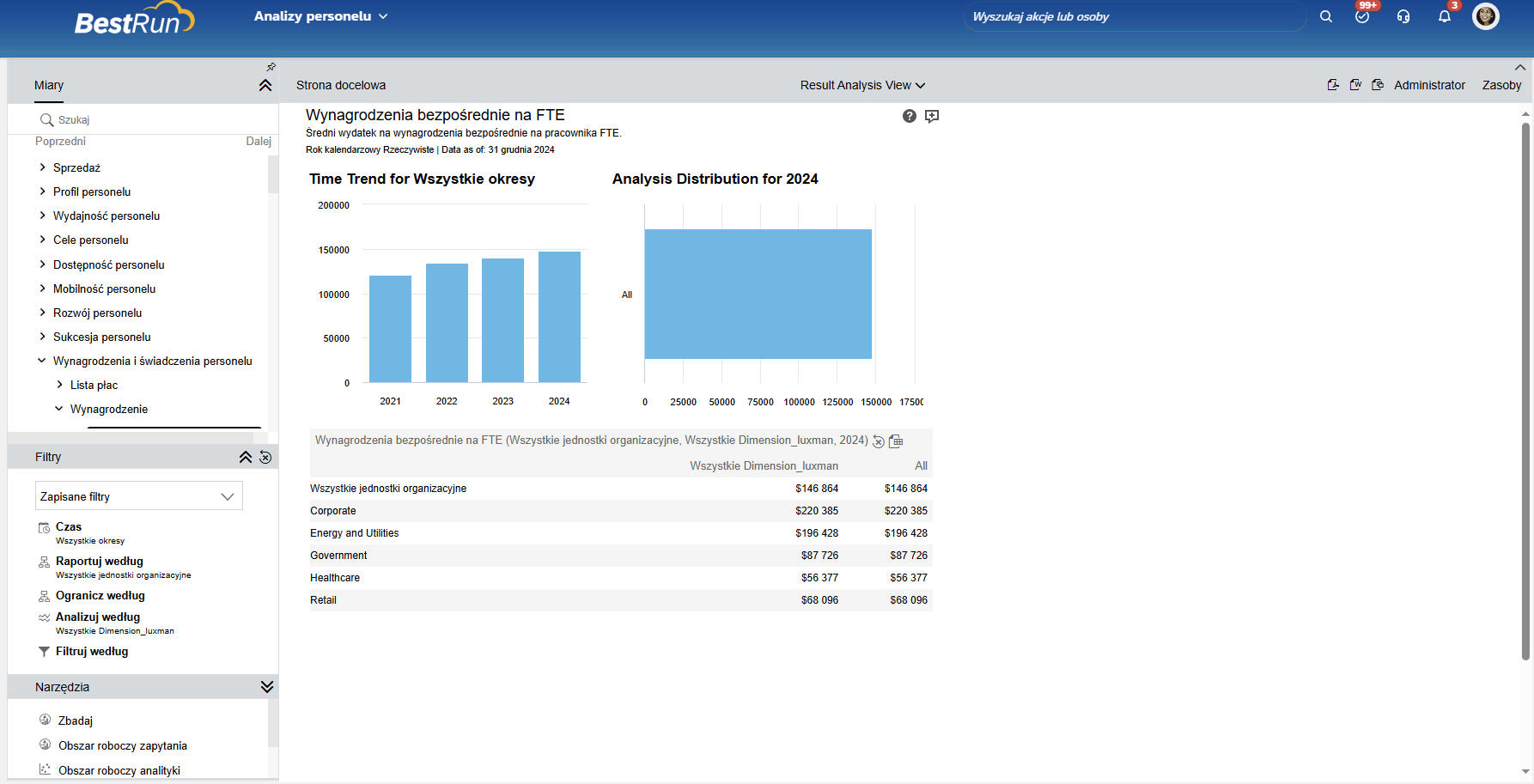
Increased efficiency of the HR department
Automation and digitization of soft processes saves time and resources. HR managers do not have to manually coordinate periodic evaluations on paper forms or Excel, for example — SuccessFactors Performance Management guides them through the process, sends automatic reminders, and aggregates results.
The same applies to recruitment (automated pipeline of candidates, integration with job portals), onboarding (dedicated tasks for new employees) or training (e-learning in SF Learning). The HR department may focus on data analysis and consulting, rather than administrative activities.
Improved consistency and timeliness of data
By working in an integrated environment, the company can avoid the dispersion of information in separate silos. Key employee master data is synchronized between SAP HCM and SuccessFactors, so everyone benefits from the same, up-to-date database.
For example, if an employee's promotion (change of position, department, salary) is recorded in the personnel system, this information will be replicated to SuccessFactors, which will ensure that correct data about the position and salary of that person is available in the annual assessment or succession planning process.
The situation in which different systems “know” differently about the same employee is avoided. Data consistency is the foundation of reliable HR reports and analyses, e.g. on turnover or talent planning.
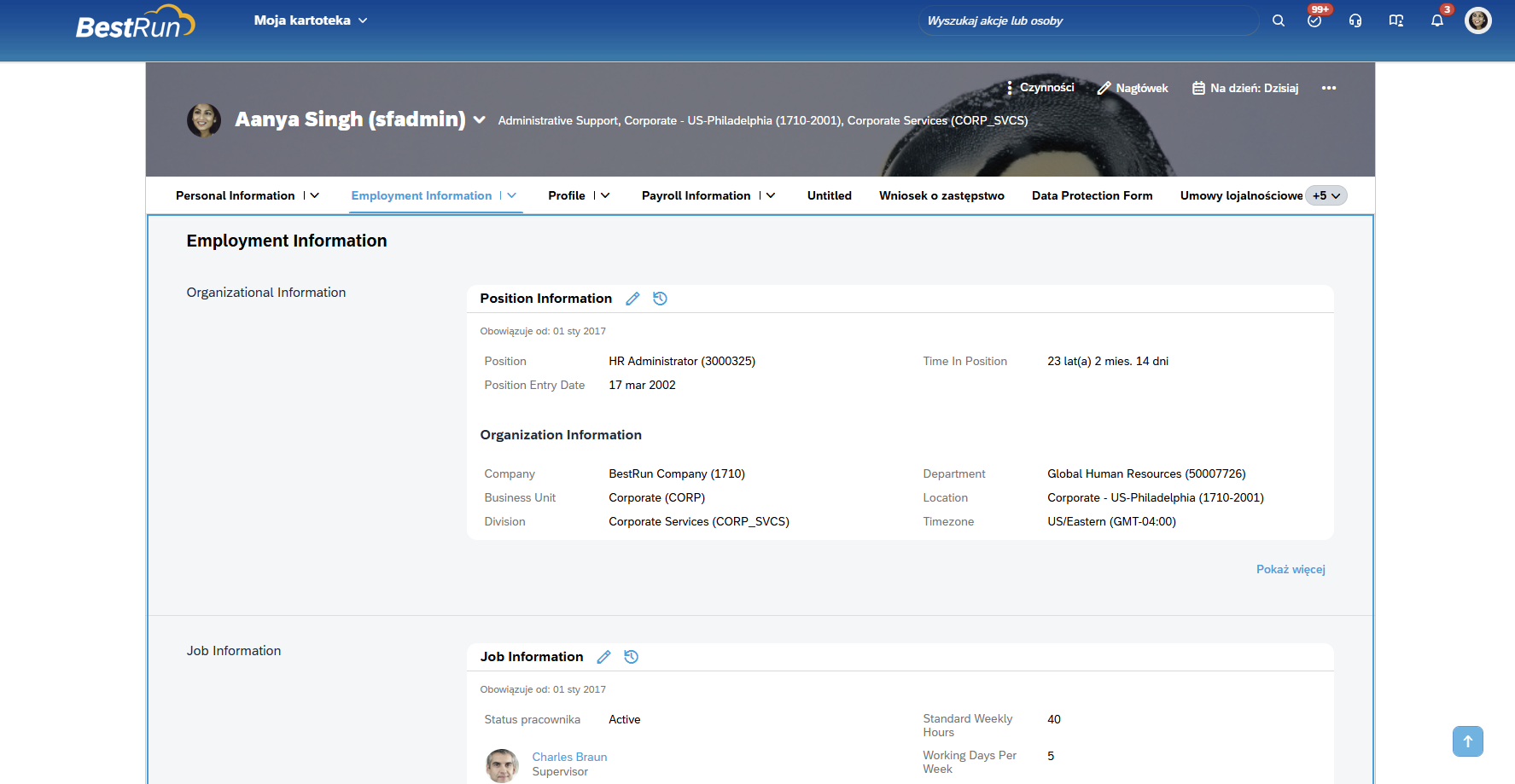
Process Synergy and Best Practices
The implementation of SuccessFactors modules often leads companies to standardize and improve HR processes. Standards built into SF (based on best practices SAP ) can serve as a model for optimizing internal procedures. For example, the implementation of SuccessFactors Performance & Goals encourages the establishment of a uniform cycle of periodic evaluations and goal management across the company, which fosters a culture of feedback and goals.
The HCM-SF hybrid makes it possible to draw on these patterns where it makes sense, while leaving unique processes (e.g. payroll according to the specifics of the company) unchanged. It is a compromise between standardization and flexibility.
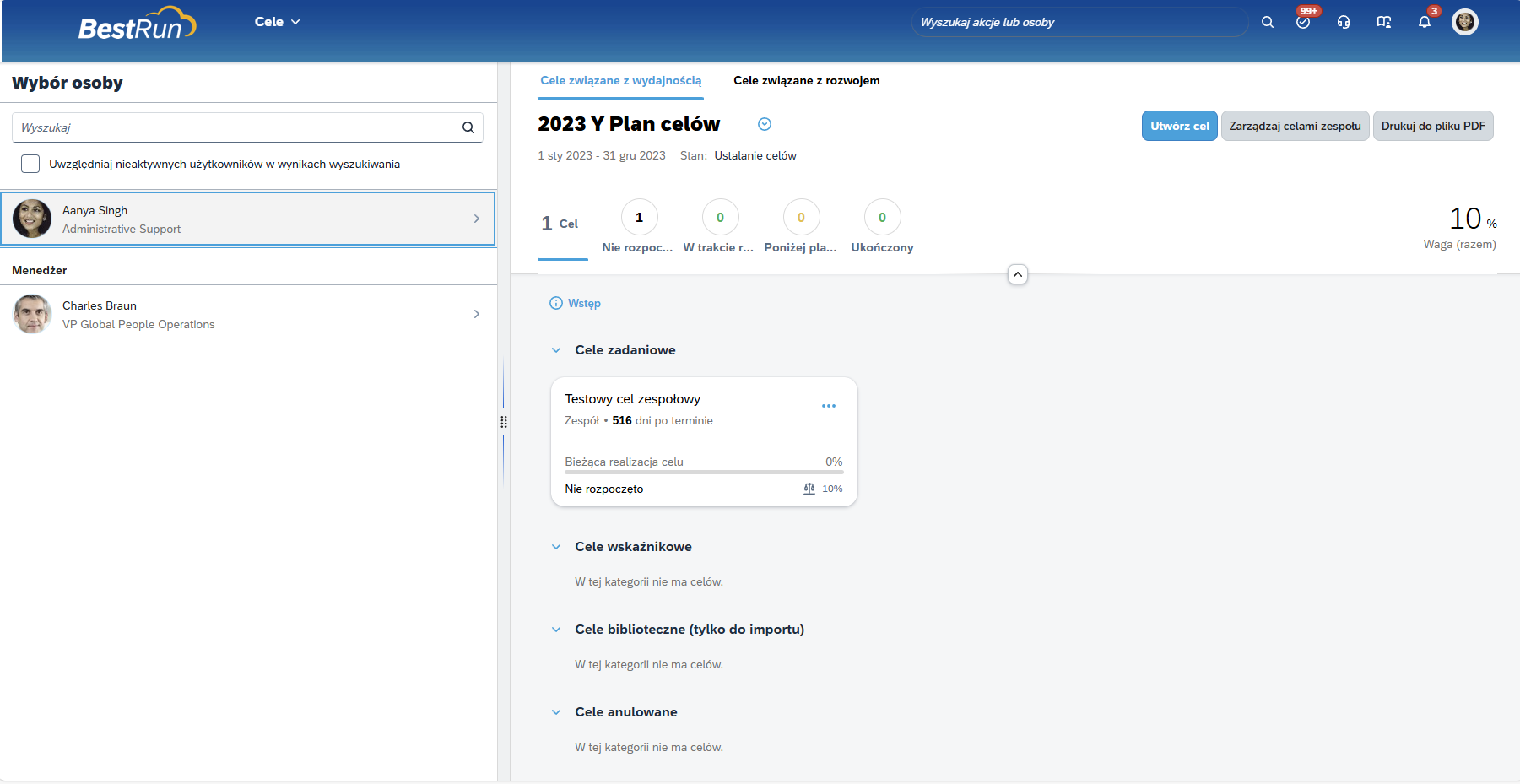
Preparing for the future
Using SuccessFactors and SAP HCM in parallel, the organization gradually builds competence in the cloud area and adapts to the new IT (SaaS) operating model.
HR and IT departments gain experience in working with the cloud system, learn new integration tools, manage quarterly SF releases, etc. This is invaluable if the company is considering a full migration to the cloud.
The hybrid approach can be seen as a transitional stage that minimizes risk — it gives time to change the HR work culture, refine processes and ensure that when it comes time to decide on a full transition to SuccessFactors (e.g. implementing Employee Central with employee central payroll), the organization will be process-ready and competently ready for it.
Of course, for these benefits to materialize, the integration between systems must work smoothly, and the organization should consciously manage the extent to which each of the systems is used. Success depends not only on technology, but also on people - more on this in the next sections.
Choosing a master data system: SAP HCM or SuccessFactors EC?
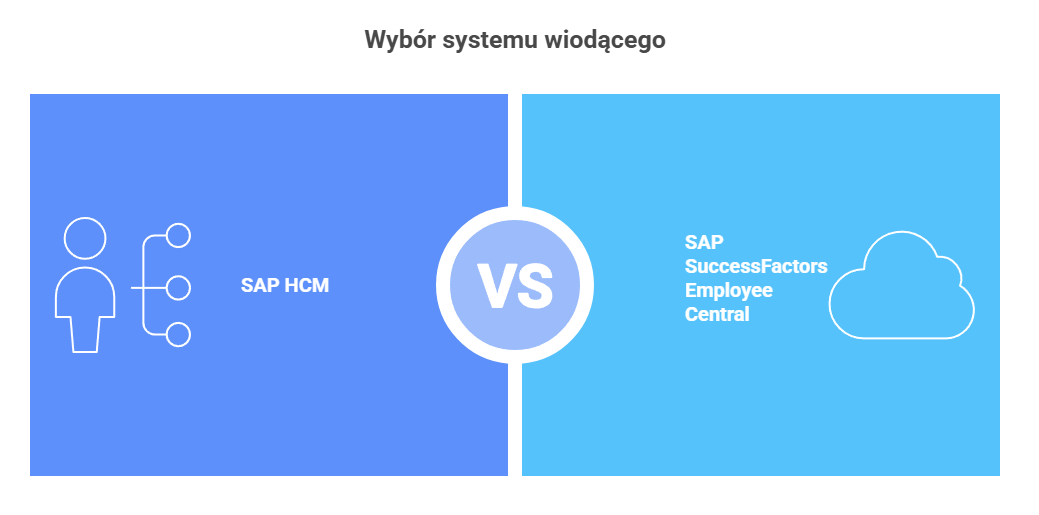
One of the key decisions in a hybrid project is to determine which system will act as the main source of employee data (system of record).
To put it another way: will basic HR data (personnel, organizational) continue to be maintained primarily in SAP HCM, or will we shift this burden to SuccessFactors Employee Central?
Each of the approaches has its advantages and disadvantages, affecting HR processes and work efficiency.
SAP HCM as master system (Employee Central as secondary)
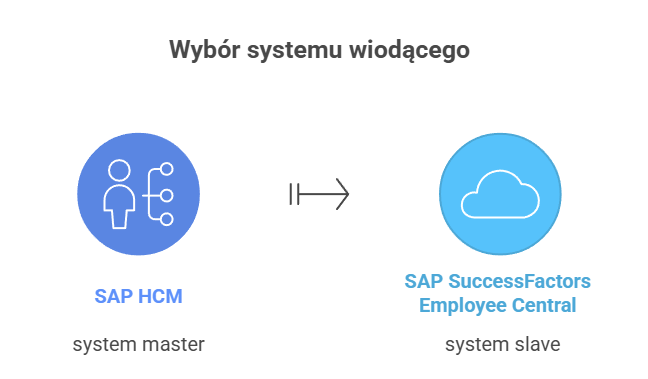
In this scenario, the company does not implement the full SuccessFactors Employee Central, leaving the PA/OM module in SAP HCM as the main HR database.
SuccessFactors is used for soft processes (talent management), but is based on data replicated from HCM (e.g. information about employees, organizational structure is sent to SF).
The advantages of this approach include, but are not limited to:
- Minor changes for the HR team administering the data — they continue to work on the familiar SAP system, which reduces the need for training and changes in daily work;
- direct integration with the payroll module — all key data are immediately in the payroll system (HCM), so e.g. changing salary or adding a new employee can be immediately used in the payroll, without the risk of synchronization delays;
- Additionally, there is less risk of losing some specific data — extensive HCM scenarios (e.g., unusual work-time solutions or complex organizational structures) remain in the system that handles them, rather than trying to mirror everything in the EC.
The disadvantages are, first of all, the following:
- Data mirroring — virtually every relevant HR information must be copied to SuccessFactors (which requires robust integration);
- lack of a single access point — employees may have some of the information in SuccessFactors self-service, and some (e.g. payroll bars, PIT data) in another portal linked to SAP HCM, which can reduce convenience;
- In addition, the abandonment of Employee Central means the loss of certain functionalities of SF (EC provides, for example, a centralized workflow for HR changes, vacation requests in Time Off, organization profiles, etc.) — the company uses SF only partially.
It should also be borne in mind that maintaining an old on-premise system in the long term can be expensive and involves a lack of new improvements, as mentioned earlier. So this approach is often seen as temporary (the so-called Talent Hybrid model) — it leaves the way open for full SuccessFactors in the future when the organization is ready for a cloud-based master system.
SuccessFactors Employee Central as master system (SAP HCM as complementary)
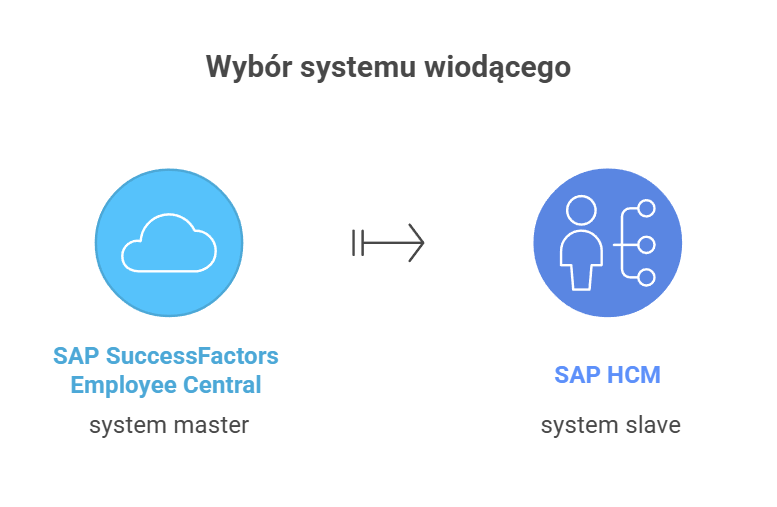
In this model, the organization implements SuccessFactors Employee Central and establishes it as the main employee database, while SAP HCM becomes an auxiliary system, mainly used for those processes that are not migrated to the cloud (e.g. payroll, working time accounting).
This means that all personal data, employment information, positions, organizational structure and even basic payroll data (e.g. base salary) are entered and stored in SF Employee Central. From there, through integration, they are replicated to SAP HCM (or another system, e.g. SAP ERP) for local processes.
The main advantages of such a solution are:
- One source of truth — the entire company uses a single, global HR platform, which facilitates data standardization, global reporting and transparency
- modern core HR functions — Employee Central provides a user-friendly interface for managing personnel data (also for HR managers who administer the data), with workflow for accepting changes, self-handling of requests e.g. for changes of personal data, built-in rules for checking data, etc. As a result, the work of the HR department can be more efficient and less burdened with paperwork;
- consistency with soft modules — since EC is the data source, all SuccessFactors modules (Recruiting, Performance, LMS, etc.) use up-to-date information on an ongoing basis — there are no replication delays or potential inconsistencies;
- Also new capabilities, such as Intelligent Services in SuccessFactors (automatic triggering of events, e.g. notification “employee leaves - start offboarding”), work to the full with access to HR data and events in EC.
However, this approach has challenges:
- the need for reliable integration with payroll — all important changes must be quickly and correctly transferred to SAP HCM so that the payroll department has up-to-date data. This requires a well-thought-out replication schedule or near-real-time mechanisms, otherwise errors threaten (for example, the employee will get a bad salary because the promotion did not have time to be replicated);
- wider scope of implementation — the EC launch is de facto the implementation of a new core HR system, which is a significantly larger project than the implementation of a single soft module.
You need to migrate data from SAP HCM to EC, configure all elements (organizational structures, payroll structure, leisure management, etc.), train the HR team in handling EC and new processes (e.g. handling requests in SF).
This is a big change and an investment that needs to be justified by strategy — often chosen by companies that want to build a global, unified HR system, e.g. by consolidating multiple local systems into one SuccessFactors.
The loss of some of the detailed functions of SAP HCM — EC covers most of the standard needs, but some very country- or company-specific SAP HCM functionalities may not be reflected in the EC.
For example, if a company has a complex, in-house module for handling specific employee benefits, transferring such a process to the EC may require a creative approach (e.g. extensions or integrations).
For some time, the company must also maintain two environments in parallel — because wages and working time still take place in SAP HCM. This means additional licensing and administrative costs until, for example, they opt for SAP SuccessFactors Employee Central Payroll or another target solution.
Nevertheless, the scenario with SF EC as a master is the target direction promoted by SAP (the so-called Core-Hybrid model), because it allows customers to take full advantage of the capabilities of the cloud and prepare for the moment when payroll also moves to the cloud model (whether through EC Payroll or partner solutions).
So what to choose?
Deciding which system to make the leading one depends on the strategy and readiness of the organization. As experts emphasize, there is no single good answer - you need to take into account the requirements of the company in individual areas.
If our priority is the stability and continuity of local payroll processes, and we want to carry out the transformation gradually, a model in which SAP HCM remains the base system and SuccessFactors acts as an “overlay” for soft processes will make sense.
On the other hand, if a company strives for global HR integration, standardization of data and employee experience, and is ready for greater change — Investing in Employee Central as a new core could bring huge long-term benefits.
In practice, many organizations adopt an evolutionary approach: they start with HCM as a master (Talent Hybrid), then after a few years — when SuccessFactors takes root in the company — they decide to migrate the core to EC (moving to Core-Hybrid, and eventually even Full Cloud).
It is important to consciously decide on the master data model at the planning stage, because it affects the integration architecture, the scope of data migration and the daily work of the HR team.
In the next part of the article We will address the issue of solution adoption, organizational change and user engagement to ensure the success of the hybrid HR model.
Latest Articles
In the face of digital transformation, HR departments must decide the future of their systems. The most frequently chosen direction is a hybrid model that combines the best features of both platforms.
Learn about the success factors of implementing a hybrid SAP SuccessFactors and SAP HCM model that make change a daily practice. How to plan for adoption so that the hybrid model really works in your organization?

